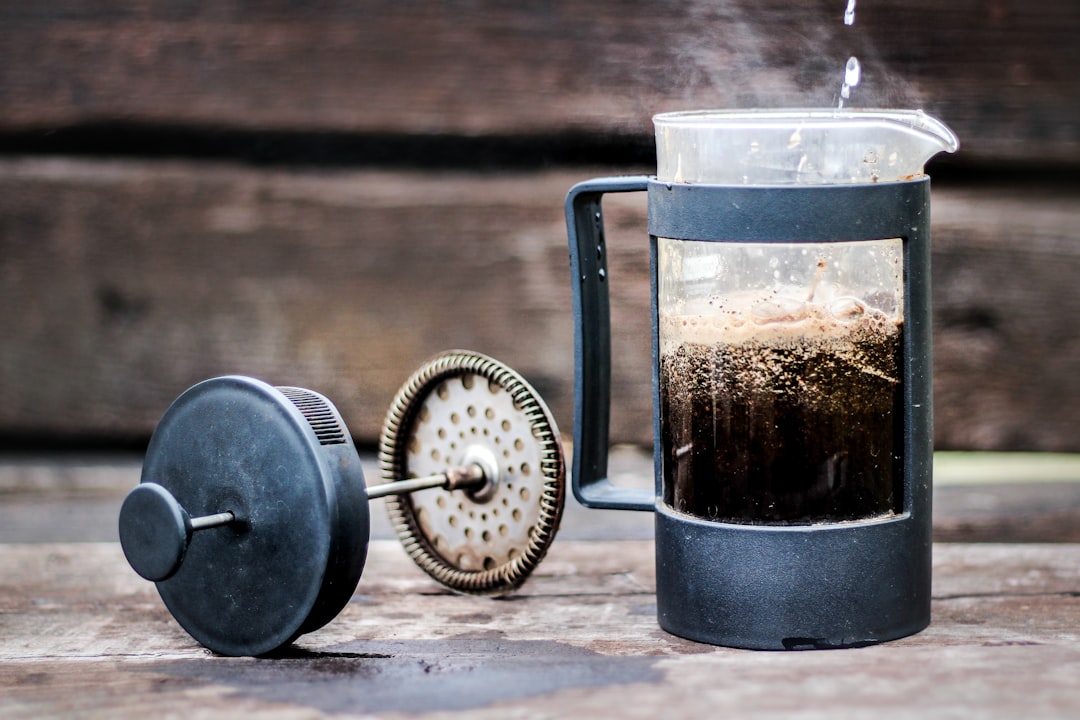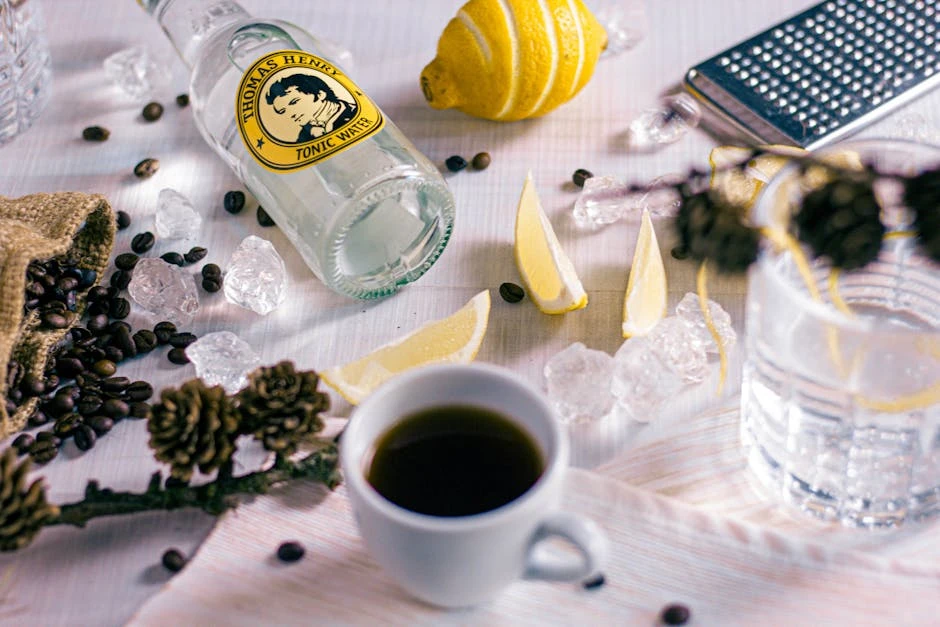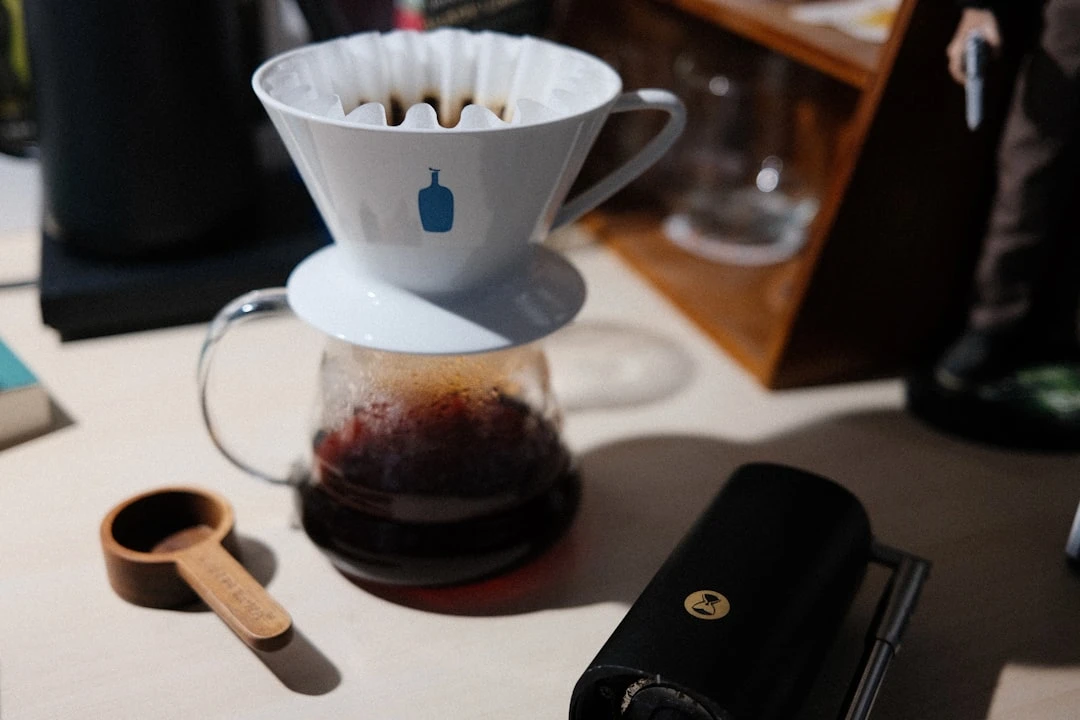How Long to Steep Cold Brew Coffee: The Ultimate Guide to Perfect Cold Brew Steep Time
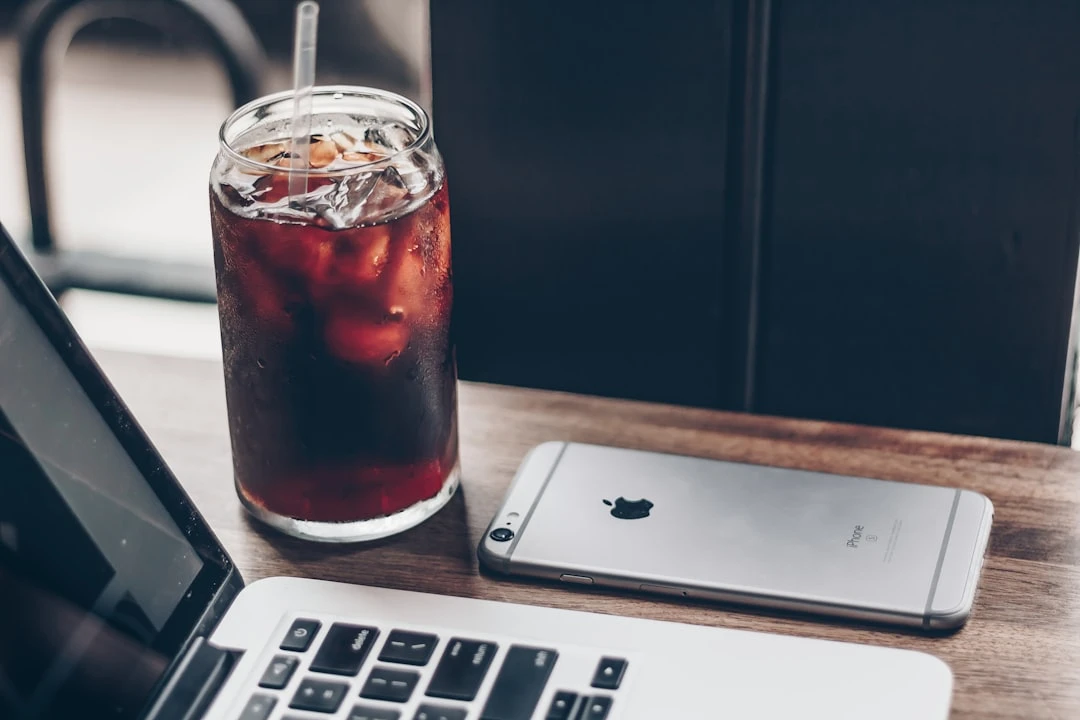
Did you know that cold brew coffee sales have grown by 67% over the past five years? That's a pretty incredible stat, but here's what's not incredible – the number of people I've met who've completely butchered their cold brew because they had no clue about proper steep time.
I'll never forget my first attempt at making cold brew. I was so excited about this "easy" coffee method that I threw some grounds in water before bed, thinking I'd wake up to liquid gold. Eight hours later, I had what basically tasted like slightly coffee-flavored water. Disappointed doesn't even begin to cover it! Then, determined to never repeat that mistake, I left my next batch steeping for three whole days. Yeah, that was a disaster of epic proportions – bitter as my ex's parting words.
The truth is, cold brew steep time isn't just some random number you pick out of thin air. It's the difference between smooth, chocolatey perfection and a cup that makes you question all your life choices. In this guide, I'm gonna walk you through everything I've learned about timing your cold brew just right, including all the mistakes you definitely don't want to make.
What Is Cold Brew Steep Time and Why It Matters
Cold brew steep time is basically how long you let your coffee grounds hang out in water before you strain them out. Sounds simple enough, right? Well, here's where it gets interesting – this isn't like making regular hot coffee where you're done in five minutes.
With cold brew, you're relying on time instead of heat to extract all those delicious flavors from your coffee beans. The cold water moves much slower than hot water, so it needs way more time to pull out the oils, acids, and compounds that make coffee taste like, well, coffee instead of brown water.
I used to think that cold brew and iced coffee were basically the same thing. Boy, was I wrong! Iced coffee is just regular hot coffee that's been cooled down, but cold brew is a completely different extraction method. While iced coffee takes minutes to make, cold brew demands patience – usually anywhere from 12 to 24 hours of steeping time.
The timing matters because it directly controls how much flavor gets extracted from your beans. Too little time and you'll get weak, sour notes that taste like you're drinking coffee-flavored disappointment. Too much time and you'll end up with something so bitter that even adding cream won't save it. I learned this the hard way when I forgot about a batch for 36 hours and ended up pouring the whole thing down the drain.
What really blew my mind was discovering that the steeping process is happening the entire time, even when you're not thinking about it. Those coffee grounds are slowly releasing their flavor compounds into the water, hour by hour. It's like a really slow dance between the water and the coffee, and you can't rush it without messing up the whole rhythm.
The Perfect Cold Brew Steep Time (12-24 Hours Explained)
After way too many experiments and more failed batches than I care to admit, I've found that the sweet spot for most cold brew falls between 12 and 24 hours. But here's the thing – that's a pretty wide range, and where you land in that window makes a huge difference.
Most coffee experts (and my own taste buds) agree that 16 to 18 hours is the golden zone for most beans. This gives you enough time for proper extraction without crossing into bitter territory. I usually start my cold brew around 6 PM, which means it's ready by 10 AM to noon the next day – perfect timing for when I'm craving that first real cup of the day.
The 12-hour minimum exists because anything less than that just doesn't give the water enough time to extract the good stuff. I've tried 8-hour batches thinking I could speed things up, and they always taste thin and underwhelming. It's like trying to make a good stew in 20 minutes – technically possible, but you're missing out on all the depth that comes with time.
On the flip side, that 24-hour maximum isn't a hard rule, but it's where I start getting nervous. I've pushed batches to 30 hours before, and while they weren't completely undrinkable, they definitely had harsh notes that weren't there at the 18-hour mark. The extraction keeps happening, and eventually, you start pulling out compounds that taste more bitter than pleasant.
My personal system has evolved to be pretty specific: I aim for 17 hours for medium roasts, 15 hours for light roasts (they extract faster), and 19 hours for dark roasts (they need a bit more time to balance out). This isn't scientific law or anything, but it's what works consistently in my kitchen.
The beauty of this timing window is that it gives you some flexibility. If you start your cold brew at night, you don't have to wake up at exactly the right moment to strain it. There's a few hours of wiggle room where your cold brew will still taste great, which is perfect for those of us who aren't morning people.
How Different Steep Times Affect Your Cold Brew Taste
Understanding how different steep times change your cold brew's flavor profile was honestly a game-changer for me. It's like having a dial you can turn to customize your coffee exactly how you want it.
When I steep for 8 to 12 hours (which I rarely do anymore), the result is usually under-extracted. The coffee tastes weak and often has these sharp, sour notes that hit the back of your tongue weird. It's not pleasant, and no amount of milk or sugar can really fix it. I remember making a batch like this for friends once, and everyone was too polite to say it tasted terrible, but I could see it in their faces.
The sweet spot of 12 to 18 hours gives you that perfectly balanced cold brew that's smooth going down with just the right amount of body. The acidity is mellow, the bitterness is controlled, and you can actually taste the origin flavors of your beans. This is where you get those chocolate or caramel notes that make cold brew so addictive. When I nail this timing, I literally don't need to add anything to it – it's perfect straight up.
But here's where things get tricky: once you push past 20 hours, you start venturing into over-extraction territory. I've made this mistake more times than I'd like to admit, usually because I got busy and forgot about my brew. The result is harsh, bitter flavors that overpower everything else. It's not just that it tastes bad – it's that it tastes aggressively bad, like the coffee is angry at you for leaving it too long.
I did a side-by-side taste test once with the same beans steeped for 12, 16, 20, and 24 hours. The differences were dramatic. The 12-hour batch was thin and tart. The 16-hour was smooth and balanced with nice chocolate notes. The 20-hour was getting aggressive with some harsh edges. The 24-hour was straight-up bitter with an unpleasant aftertaste that lingered way too long.
What's interesting is that over-extraction doesn't just make your cold brew taste bad – it also changes the mouthfeel. Properly extracted cold brew has this smooth, almost creamy texture, but over-extracted cold brew feels thin and harsh, almost astringent. It's like the difference between drinking good wine and drinking wine that's been open too long.
Factors That Change Your Ideal Cold Brew Steep Time
Here's something I wish someone had told me earlier: not all cold brew situations are created equal. There are several factors that can totally change your ideal steep time, and figuring this out took me way too many mediocre batches.
Coffee bean type and roast level make a huge difference. Light roasts are denser and extract more slowly, but they also have more delicate flavors that can get overwhelmed if you steep too long. I usually go with 14-16 hours for light roasts. Dark roasts, on the other hand, are more porous and extract faster, plus they can handle longer steeping times without getting too bitter. I push dark roasts to 18-20 hours regularly.
Grind size is probably the factor that messed me up the most when I was starting out. I was using whatever grind I had on hand, not realizing that finer grinds extract much faster than coarse ones. When I was using a fine grind meant for espresso, my cold brew was ready in about 12 hours. But when I switched to the proper coarse grind (which you should definitely use), I had to bump up my steeping time to get the same strength.
Water temperature caught me off guard too. Most people assume you use ice-cold water for cold brew, but room temperature water actually extracts faster. During summer, when my kitchen is warmer, I've noticed my cold brew finishes extracting about 2 hours earlier than in winter. I learned this the hard way when a batch I expected to be perfect at 16 hours was already over-extracted because my kitchen was particularly hot that day.
The coffee-to-water ratio also affects timing. When I use a stronger ratio (more coffee, less water), the extraction happens faster because there's more surface area of coffee in contact with the water. My standard 1:4 ratio needs about 16-17 hours, but when I bump it up to 1:3 for concentrate, I can usually pull it at 14-15 hours.
Even the quality of your water matters. I switched from tap water to filtered water, and suddenly my extraction times changed slightly. The minerals in water affect how efficiently the coffee compounds dissolve, so softer water extracts a bit faster than hard water. It's not a huge difference, but it's noticeable if you're paying attention.
Step-by-Step Cold Brew Timing Guide
After years of trial and error (emphasis on the error), I've developed a pretty foolproof system for timing cold brew perfectly every single time. Here's exactly how I do it, and trust me, this system has saved me from so many coffee disasters.
First, I always start by checking my setup before I even think about timing. I use a coarse grind that looks like sea salt, measure out my 1:4 ratio (1 cup coffee to 4 cups water), and make sure I'm using room temperature filtered water. Getting these basics right means my timing will be consistent batch after batch.
I set a timer the moment I finish stirring the coffee and water together. Not when I start preparing, not when I add the water – when everything is fully mixed and the extraction officially begins. I learned this lesson after realizing I was inconsistently adding 10-20 minutes to my steep times just based on when I remembered to start timing.
My testing system starts at the 12-hour mark. I'll pull out a small spoon of the mixture (grounds and all) and taste it. Yeah, it's a bit gritty, but you can definitely tell if the extraction is progressing properly. At 12 hours, it should taste like coffee, not like slightly coffee-flavored water.
At 15 hours, I test again. This is usually when light and medium roasts start hitting their stride. The coffee should be smooth without any harsh edges, and you should be able to taste the origin characteristics of your beans. If it tastes perfect at this point, I strain it immediately.
The 18-hour mark is my standard checkpoint for most beans. I test again, and this is where I usually end up straining medium and dark roasts. If the coffee tastes balanced and full-bodied without any bitter aftertaste, it's done.
I never go past 24 hours without straining, even if the coffee doesn't taste quite perfect yet. I've learned that it's better to have slightly weak cold brew than bitter, over-extracted cold brew. You can always steep a bit longer next time, but you can't un-extract an over-steeped batch.
My straining process is part of the timing too. I use a fine mesh strainer lined with cheesecloth, and I let gravity do most of the work rather than pressing or squeezing the grounds. This takes about 10-15 minutes, but it gives me cleaner-tasting cold brew without any bitter compounds that can get squeezed out of the grounds.
Common Cold Brew Steep Time Mistakes (And How I Fixed Them)
Let me tell you about every single way I've screwed up cold brew timing, because I guarantee you're gonna make at least one of these mistakes, and hopefully, my failures can save you some disappointment.
The biggest mistake I made early on was rushing the process. I'd get impatient around hour 10 and convince myself that the cold brew was "probably ready." Spoiler alert: it never was. Under-extracted cold brew is just sad, thin coffee that tastes like regret. The fix is simple but hard – you just have to wait. There's no shortcut. I started making cold brew in the evening specifically so I wouldn't be tempted to cut the steeping short.
On the flip side, I've also forgotten about cold brew way too many times. My record was 42 hours, and that batch was so bitter I couldn't even salvage it with cream and sugar. Now I set multiple alarms on my phone – one at 15 hours to start checking, and another at 22 hours as my absolute cut-off reminder. Yes, it's overkill, but it works.
Here's a weird mistake I made: not adjusting for different beans. I got comfortable with one type of coffee and developed my timing around it, then switched to a different roast and wondered why my cold brew suddenly tasted terrible. Different beans need different times, period. Light roasts extract faster and need less time, while dark roasts can handle longer steeping. I keep notes now about what works for each type of coffee I buy.
Temperature mistakes were subtle but definitely affected my results. I used to make cold brew with ice-cold water thinking it would be "more cold brew-y," but room temperature water actually extracts more efficiently. Cold water slows down the process even more than necessary. The flip side is also true – I made cold brew during a heat wave once, and the warmer ambient temperature sped up extraction so much that my usual 16-hour batch was over-extracted.
The worst mistake was not tasting along the way. I used to just set it and forget it, hoping for the best. But cold brew changes hour by hour, and the only way to know when it's perfect is to actually taste it. Yeah, tasting grounds-filled coffee isn't the most pleasant experience, but it's the difference between good cold brew and great cold brew.
I also learned not to trust recipes blindly. Every blog post says something different about timing, and I wasted so many batches trying to follow other people's exact specifications. Your beans, your water, your grinder, your kitchen temperature – they're all different from mine. Use recipes as starting points, but trust your own taste buds to tell you when your cold brew is ready.
Conclusion
Getting your cold brew steep time right is honestly one of those things that seems way more complicated than it actually is. Yeah, there's some science behind it, but mostly it comes down to patience and paying attention to what your taste buds are telling you.
The 12-24 hour window gives you plenty of room to experiment and find what works for your specific setup and preferences. Some people love the bright, lighter flavors you get from shorter steeps, while others prefer the full-bodied richness that comes from longer extraction times. Neither approach is wrong – it's all about what makes you happy when you take that first sip.
Remember that every variable in your cold brew setup affects timing. Your beans, your grind, your water, even your kitchen temperature all play a role. Don't get frustrated if your first few batches aren't perfect – mine sure weren't! Keep notes about what works and what doesn't, and adjust your timing based on your results.
Safety-wise, just don't go crazy with the steeping times. While cold brew is generally pretty forgiving, leaving coffee grounds in water for days on end isn't great from a food safety perspective. Stick to that 24-hour maximum, and always store your steeping cold brew in the refrigerator if you're going longer than 12 hours.
Related Articles

Espresso vs Americano: What’s the Difference and Which Should You Choose?
Read More →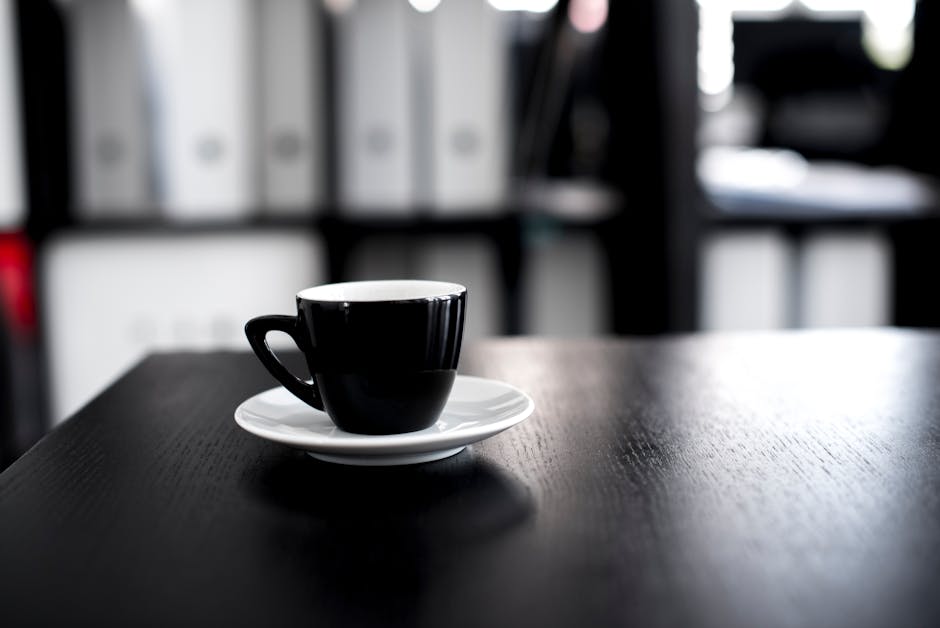
How to Make Perfect Decaf Cold Brew at Home
Read More →